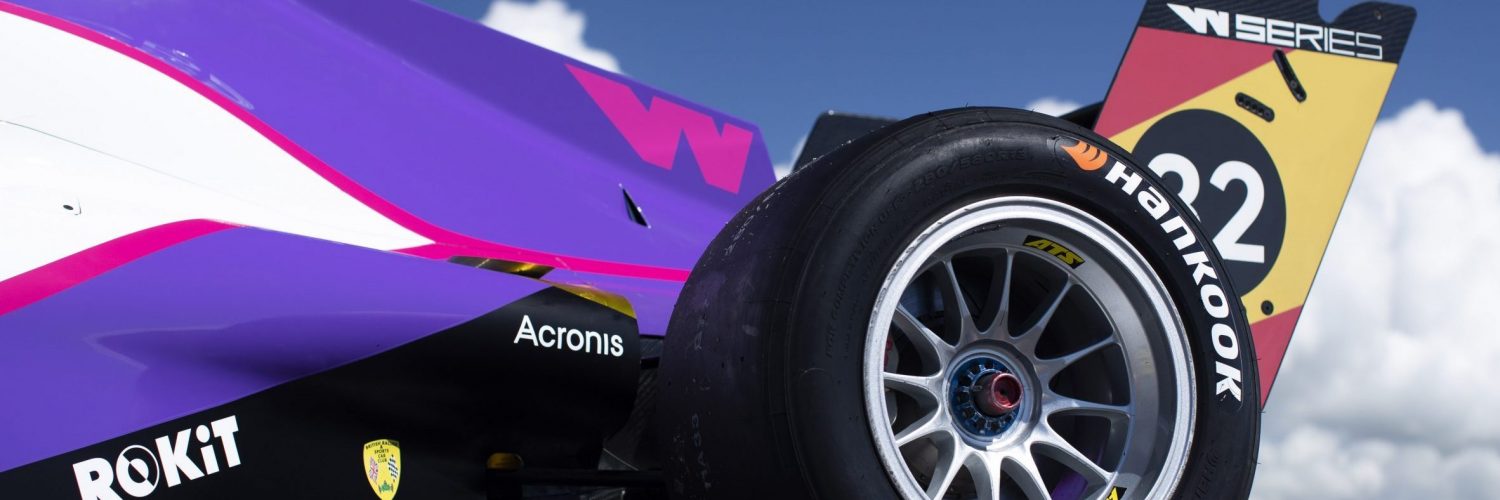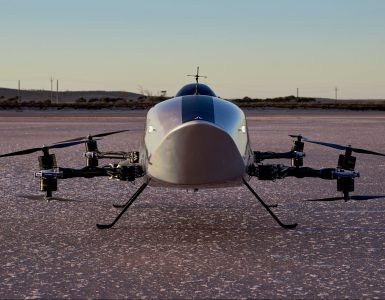Having launched in 2019, the first ever all -female driver W Series has returned and now supports the Formula One calendar for 8 races in 2021. It’s a huge deal. At the time of writing, W Series has visited Austria and Great Britain, with Hungary as the next location on its itinerary.
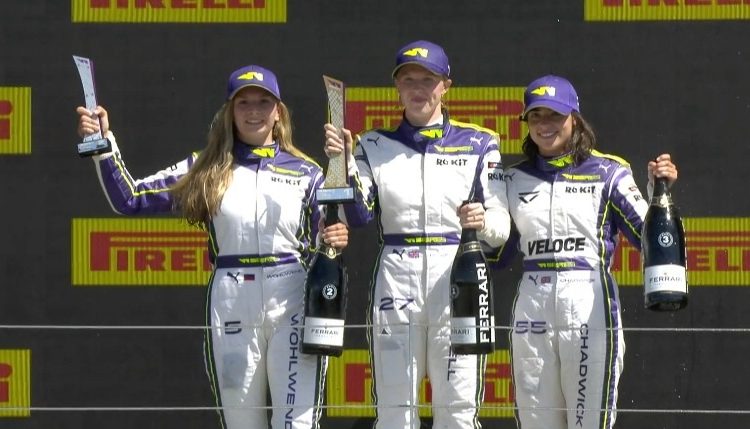
Whilst female drivers have already raced in every category of motorsport, W Series aims to promote female race drivers all the way to the ultimate goal of a drive in F1. And it seems to be working. Having its F3 based single seater car, there’s no worry that budgets might blight the opportunities for the vest talent.
The series invites drivers to race in a fully funded season, to showcase the best talent from around the world – the wider aim to establish role models that will inspire girls to take up motorsport at a grass roots level.
W Series was established in in 2018, its first season grabbing no shortage of headlines in 2019 yet with the 2020 calendar unfortunately cancelled due to the pandemic. Now the series is back supporting F1 at around 8 races this year around the most iconic of circuits. If the series is unique, then so too is the car, adopting a FIA F3 Tatuus chassis, with a centralised operation to ensure the focus is on driving.
Event format
Due to its unique purpose, drivers are invited to join the series, and hence their talent gets them a seat rather than those often hand cuffing budget or connections. This provides a pool of talent drawn from all over the world and a wide range of feeder categories. It’s not quite that easy, however, as drivers must hold a valid FIA Race International C Racing Licence as a minimum.
Unlike other feeder series, the drivers are fully funded with the cars supplied and run out of the pocket of W Series itself. In the series’ first year when there were no teams but a pool of cars, race engineers and mechanics. For 2021 there is a more settled team structure, but again, this is to allow sponsor branding to differentiate the teams. And the cars remain centrally engineered by the series own staff.
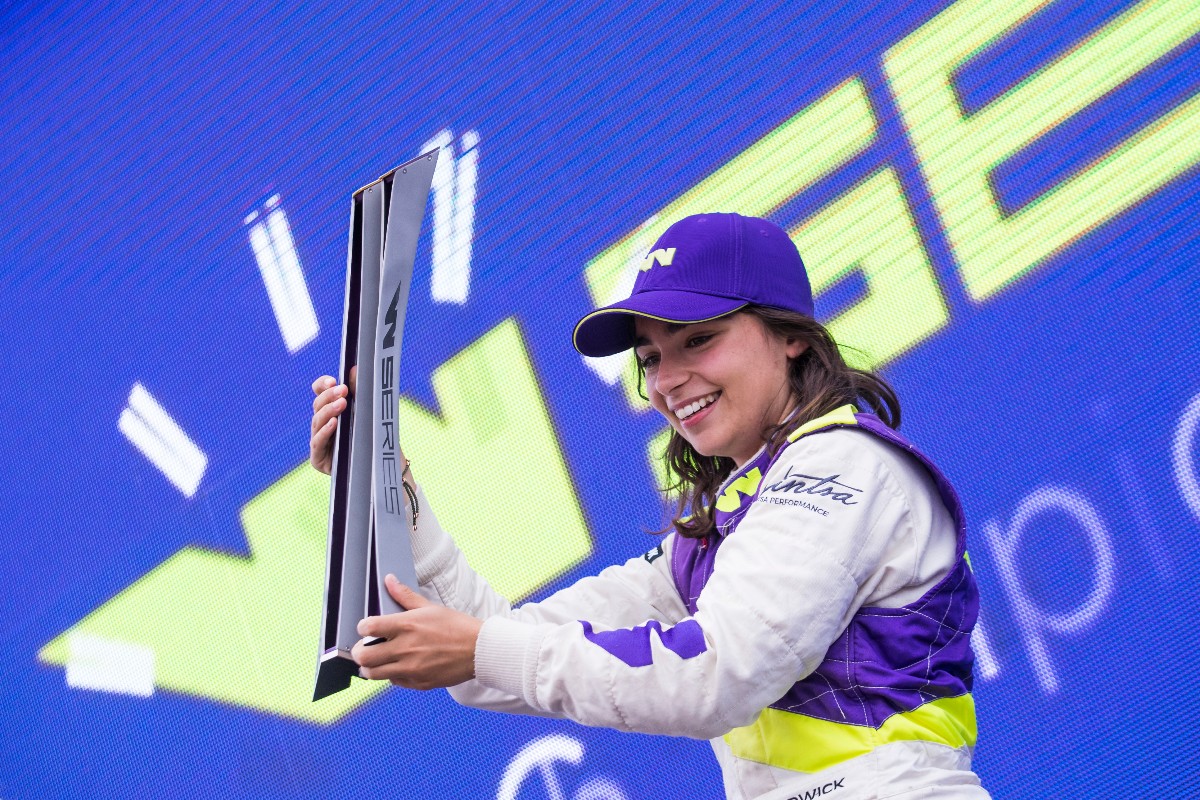
With this being a series to highlight driving talent, the ability to modify the cars is banned and only set-ups from a centrally provided specification is allowed. At each event, a set up sheet is issued by the W Series Technical Delegate.
This details all the mandatory vehicle settings and the permitted range of adjustments for that event. No straying from these settings will be allowed. Equally, the driver is allocated two sets of dry weather Hankook slick tyres, plus two sets of wets should they be required.
From thereon in, it’s down the driver and their allocated race engineer to work out the ideal set up through the practice sessions ahead of qualifying the races. After practice, there’s a single open 30-minute qualifying session to decide the race grid. The race takes place on Saturday, with a duration of 30 minutes plus 1 lap.
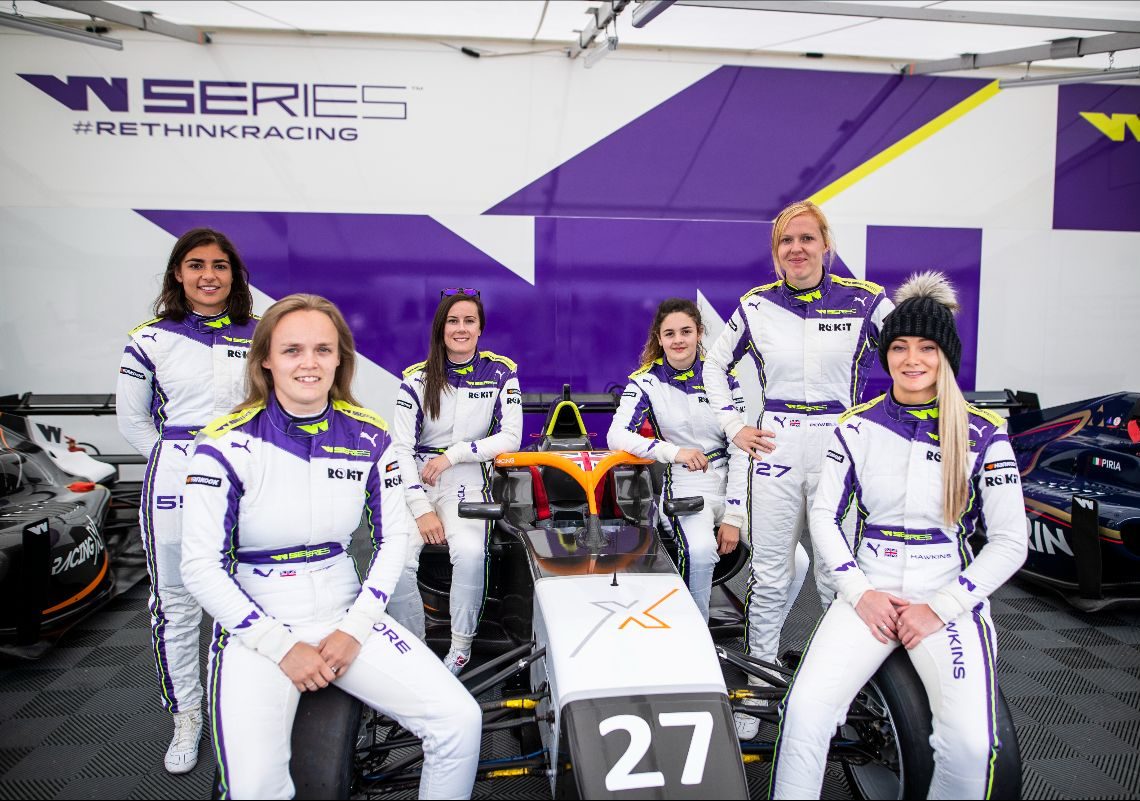
The car
In making its choice of car, the obvious direction was the Tatuus T-318. This is a FIA Global F3 design with a tuned Alfa Romeo road-car engine and Hankook tyres. This is a different specification car to that raced in the FIA F3 series that supports F1. Rather, it’s the type commonly raced as part of different regional F3 series.
In its other series the T-318 races with different engine and different tyres, but at its heart it’s the same basic chassis. And all of the cars are made by Tatuus in Italy.
Being an official FIA series, the car therefore has to meet the same safety standards as all FIA single seaters, so the car is subjected to design criteria and crash tests to ensure maximum protection for the drivers. Thus, the car is equipped with a HALO and crash structures and cockpit padding, in addition the certification for passing the required crash tests.
Weighing 590kg without the driver, the 270hp engine as well as the downforce produced from the bodywork allows the T-318 a very punchy on track performance.
Detail
The Tatuus T3-18 chassis is typical of most single spec junior single seats, with a safe carbon fibre survival cell, small powerful 4 cylinder engine and downforce coming from front/rear wings and the floor/diffuser. Tatuus are based in the Concorezzo district of Milan, a few short kilometres from the Monza Autodromo.
Specialising in production single seaters the marque have also produced Formula Ford and Formula Renault cars, with the current line up including F4, F3 and American Indy Lights/USF2000 chassis.
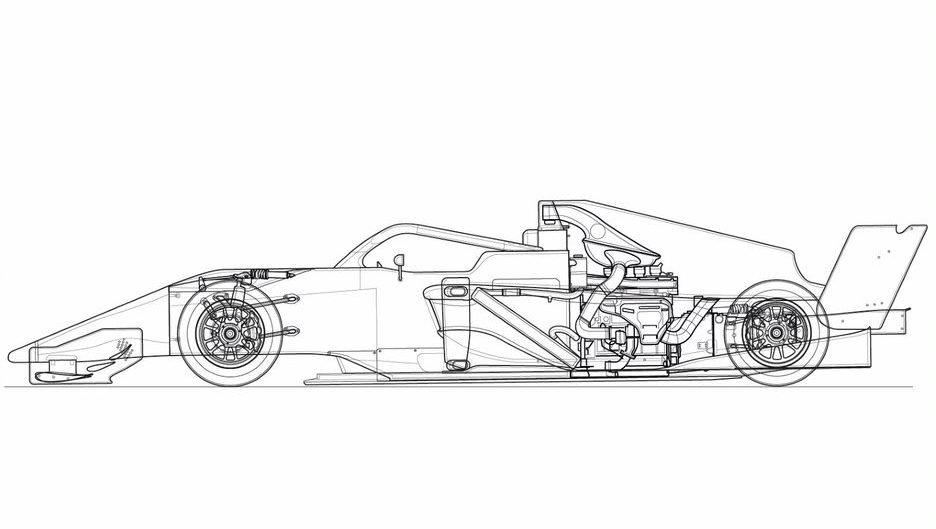 In outline, it’s a carbon fibre monocoque with FIA safety structures, double wishbone pushrod suspension, a 4 cylinder stressed engine with a semi-automatic gearbox in a transaxle.
In outline, it’s a carbon fibre monocoque with FIA safety structures, double wishbone pushrod suspension, a 4 cylinder stressed engine with a semi-automatic gearbox in a transaxle.
Chassis
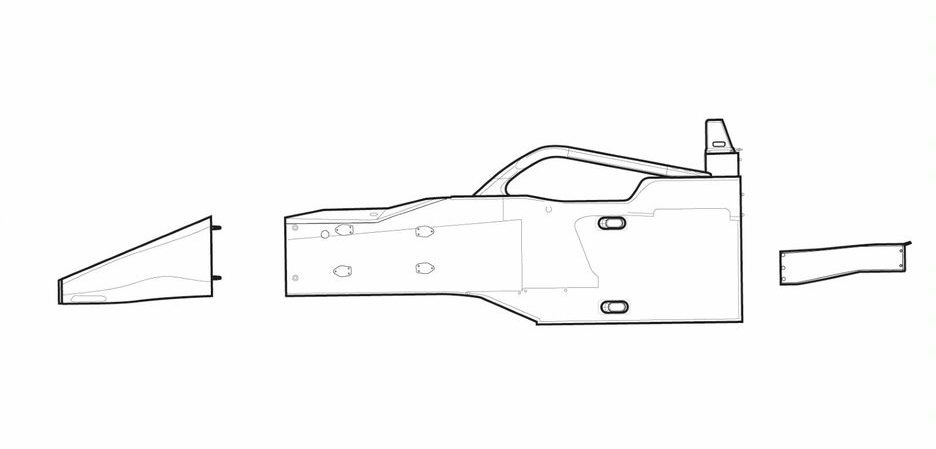
For obvious safety reasons, the tub is made from carbon fibre with front, rear and side impact structures. These are built to FIA safety standards, which are ever increasing. Thus, the car’s anti-intrusion panels along the side of the survival cell and a HALO over the cockpit opening. There’s a steel roll over hoop and below this inside the rear of the monocoque a Premier FT3 bag type flexible fuel tank.
Needing to fit in with the rest of the car’s design, the footwell section is raised to allow space for the airflow away from the front wing and towards underfloor. The front suspension sits over the top of the footwell section and there’s a small scuttle body panel to cover the otherwise exposed springs and dampers. At the rear the engine bolts directly to the tub to form part of the cars structure.
The nose cone attaches in classic motorsport style with 4 quarter turn fasteners, as race damage is common in junior formula, the nose its sacrificial and can be replaced to maintain costs. At the rear, the crash structure also supports the jacking point, rear wing and rain light.
Suspension
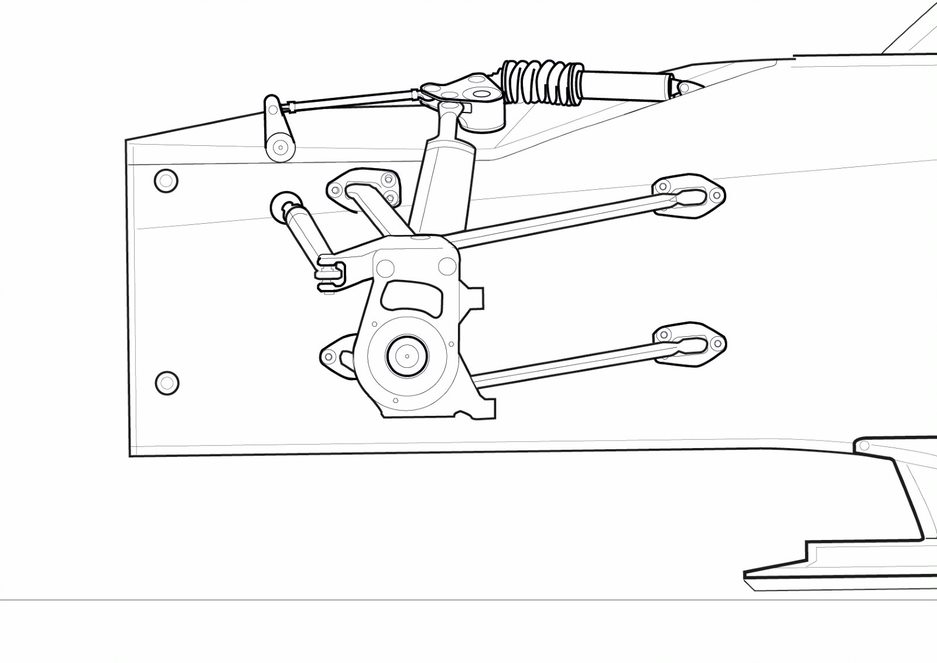
Again, the suspension is all typical for a series production race car. Aero-profile steel double wishbones support the aluminium upright and steel hub axles. Engineers have the set up option to alter camber and caster from within the W Series set up guidelines. Movement from the suspension is translated to the springs/dampers via a pushrod mounted to the upright. This provides a degree of lateral weight shift with steering, with four set up options available.
At the other end of the push rod is the rocker with connects to Koni dampers with Eibach coil over springs and an Anti-Roll Bar. Springs can be replaced and dampers adjusted, while the team can also alter ride height and roll stiffness with the range allowed.
Although not part of the suspension, the engineers can ballast the car in three locations to meet the minimum Car + Driver weight of 672kg. The first position in inside the cockpit behind the seat, then another outside the monocoque under the front of the chassis, then lastly a position inside the footwell.
Brakes
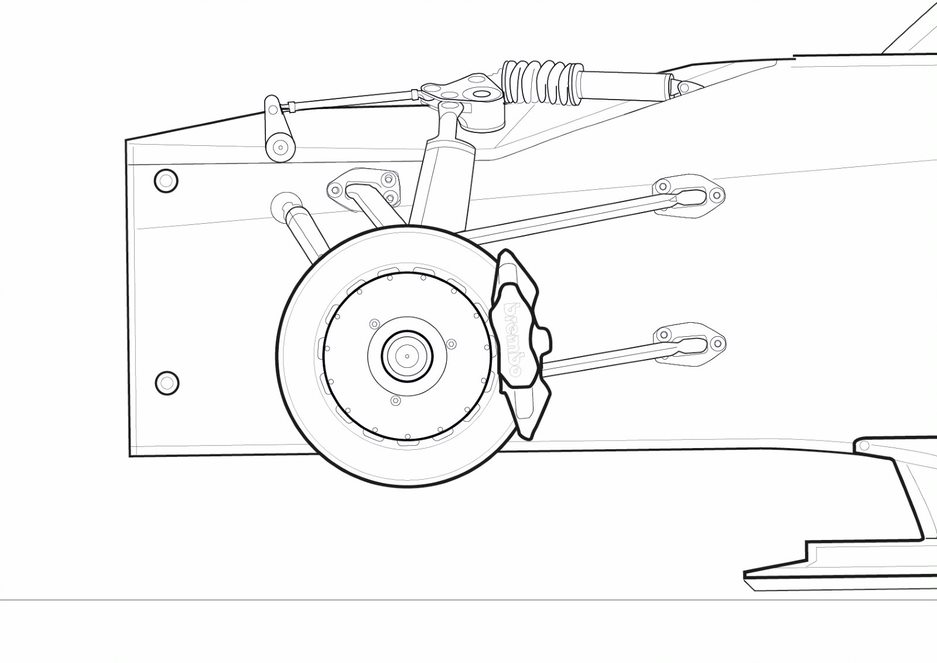
Attached to each corner is a set of Brembo brakes consisting of a steel disc and an aluminium four piston caliper. Brake pressure comes from the brake pedal operating two master cylinders on a bias adjustable setup, the driver being able to rotate a cockpit adjuster to move brake bias forwards or rearwards.
Engine
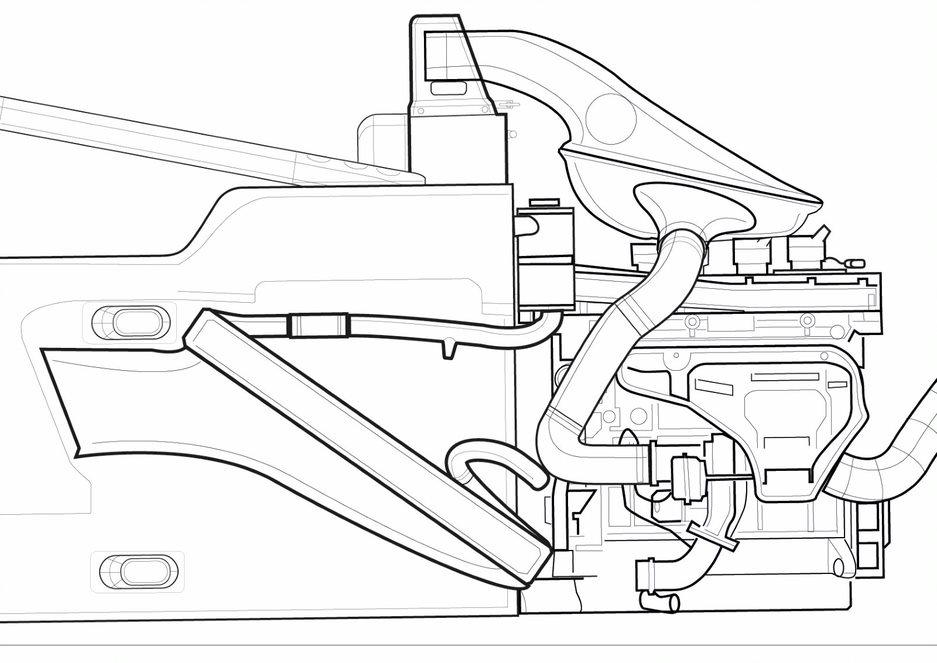
The engine option comes from Alfa Romeo, developed by Autotecnica Motori to fit as a stressed member into the car’s structure and tuned to boost the performance. This is a turbocharged 4-cylinder 1724cc engine seen across a range of the manufacturer’s road cars, producing 270hp at 6,000rpm. To make the engine fit into a race car, the head and sump are modified to bolt to the monocoque for allow the engine to form part of the car’s structure.
Above, an airbox reaching through the roll hoop feeds air to the turbo mounted on the engine’s left-hand side, hidden along with the exhaust manifold under a heatshield. A short tailpipe exits the turbo and through the top of the sidepod bodywork. Charge air from the turbo is cooled with an intercooler filling the right hand sidepod before going into the plenum on the same side of the engine. The engine is cooled with a water radiator in the left hand sidepod.
Oil for the engine sits in a tank formed by the bellhousing mounted between the engine and gearbox, then cooled with an oil cooler.
Gearbox
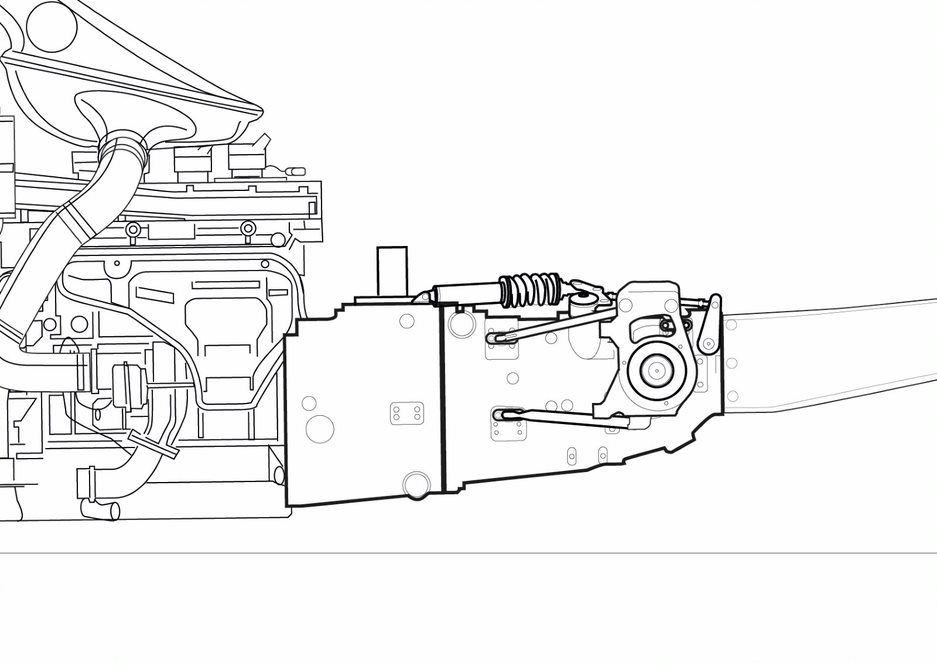 For simplicity, the clutch sits on the back of the engine and is used with a convention foot pedal and hydraulic slave cylinder. The aluminium cast gearbox and bellhousing form the rear of the car, with the bellhousing holding the engine oil. And in the rear case, there’s a Saadev SL-R 82 six speed gearbox. This shifts via paddles on the steering wheel, with a Magnetti Marelli supplied unit using an electrical solenoid to move the gear selector under ECU control. Output to the wheels is provided through a limited slip differential.
For simplicity, the clutch sits on the back of the engine and is used with a convention foot pedal and hydraulic slave cylinder. The aluminium cast gearbox and bellhousing form the rear of the car, with the bellhousing holding the engine oil. And in the rear case, there’s a Saadev SL-R 82 six speed gearbox. This shifts via paddles on the steering wheel, with a Magnetti Marelli supplied unit using an electrical solenoid to move the gear selector under ECU control. Output to the wheels is provided through a limited slip differential.
Cockpit
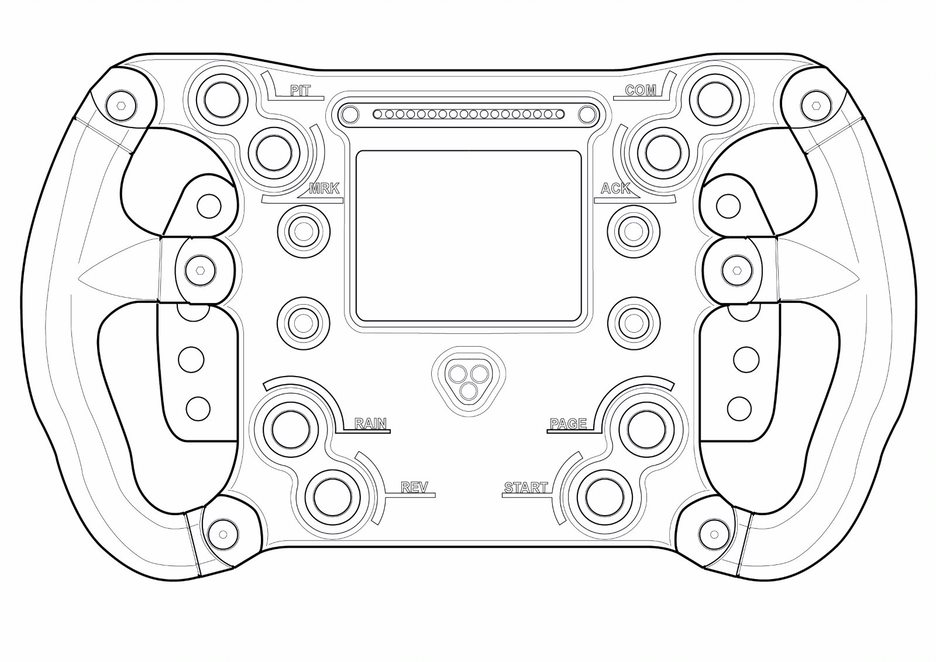
As this is a driver focussed series, perhaps the most important area of the car is the cockpit the driver has at her disposal – a complex steering wheel, paddle sifters and a three-pedal set up.
The steering wheel is a carbon fibre part, with a colour Dash display, eight buttons, 6 sets of LEDS and a pair of shift paddles. Drivers can adjust the position of the wheel and optionally customise the wheel with tape on the hand grips, but otherwise this is a spec steering wheel. The button functions are denoted with decals on the wheel and laid out as below:
Buttons
COM – Pit to Car Radio
ACK – Acknowledge this cancels alarms on the dash display
PAGE – Skips through the 6 pages on the dash display
START – Either starts the engine or kills the engine (when running)
PIT – Speed limiter for pitlane use
MARK – Places a marker on the car’s telemetry log in the ECU
RAIN – Switches on the rear rain light
REV – Reserve gear
LEDS Clockwise
Shift lights (top centre)
Low Oil Pressure
High Oil temperature
Dash Alarm (bottom triple LED)
Electrical Fault
High Coolant Temp
Inside the footwell the driver has three pedal lines up behind the heel rest, as the clutch is a manual hydraulic set up. The throttle pedal uses a fly-by-wire set up, so is only connected to a position sensor. The central brake pedal uses a pair of Brembo master cylinders with the front-to-rear bias adjustable from a dial on the right of the cockpit.
Pedal and heel rest position is adjustable by means of different mounting holes in the cockpit floor and shims between the pedal and face plate for finer adjuster. The other controls within the cockpit are the starter button, master on-off switch and fire extinguisher.
Positioning the driver inside the monocoque is a custom moulded seat, as is common in the feeder formulas the seat starts as an oversize carbon shell into which the foam ‘seat’ can be moulded to suit the drivers preferred seating position. A pair of Sabelt six point harnesses strap the driver and their HANS device firmly into their seat.
For protection there’s an OMP extinguisher system releasing into both the cockpit and engine bay from either the cockpit the switch or the two ring pulls behind the roll hoop.
Aerodynamics
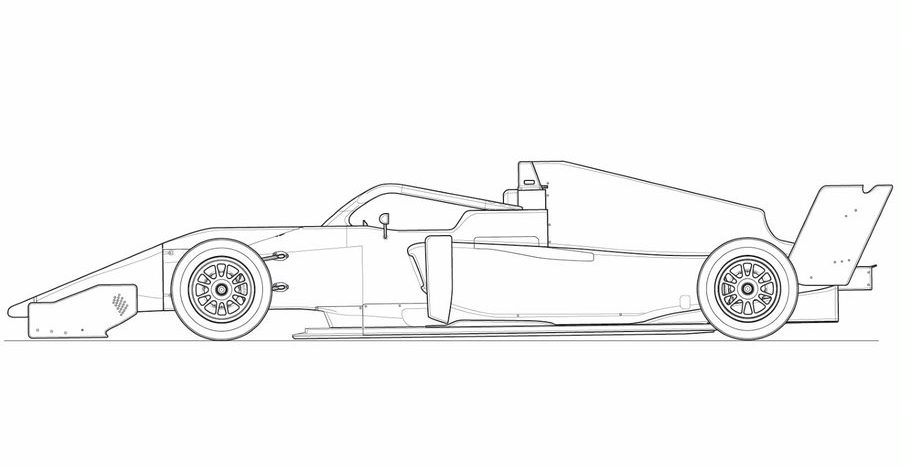
Like a typical single seater, the aesthetics of the W Series car sees a high nose, coke bottle sidepods, elongated engine cover and a pair of wings. Other aerodynamic addenda are limited in order to keep the cars performance behind another consistent and to reduce repair bills from damage. Driver and engineer can adjust the aerodynamic set up to balance downforce and drag, as well as balancing the aero load front-to-rear.
The main adjustment available is on the rear wing, as that sets the car’s top speed, with 20 positions for the flap giving 19° of movement. After that, the front wing provides the fine adjustment to the car’s balance with only the small flaps adjustable, leaving the main plane in place.
There are 24 holes in which the flap can positioned, giving a sweep of 22° in angle of attack. The car will also be aerodynamically sensitive to ride height changes, so these will factor in any set up chosen for an event. As with suspension adjustment, the range allowed is part of the Technical Delegates set up sheet and must be adhered to.
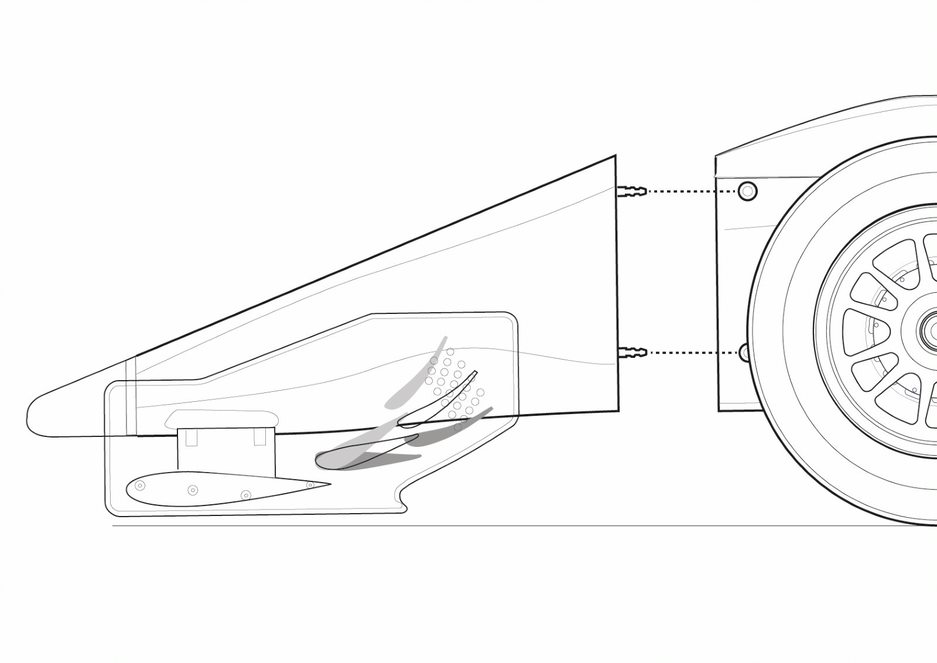
What next?
To date the W Series has made great progress with its aims to highlight female racing drivers and driver skill set alone. The unique format provides a meritocracy, where drivers aren’t hindered by budgets, nor constrained by their equipment. Supporting F1 with worldwide TV broadcast deals for the series and means that the drivers are rightfully in the spotlight. This should go some way to accelerating gender equality in motorsport.
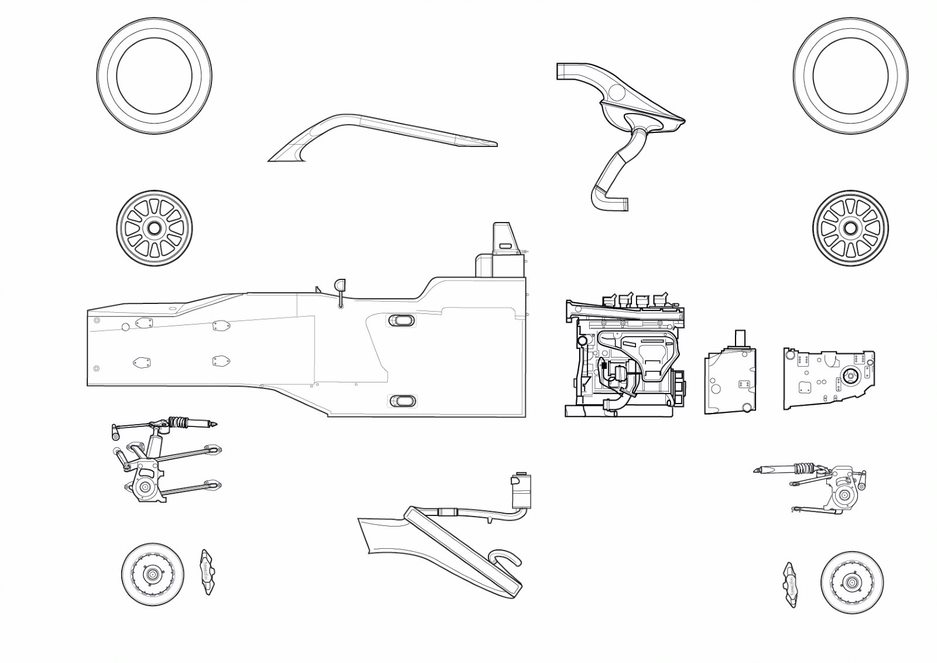
Motorsport Technology is an Acronis initiative and Acronis are proud to be the official Cyber Protection Partner of the W Series. To find out more, please visit https://www.acronis.com/en-us/lp/msp-sports/
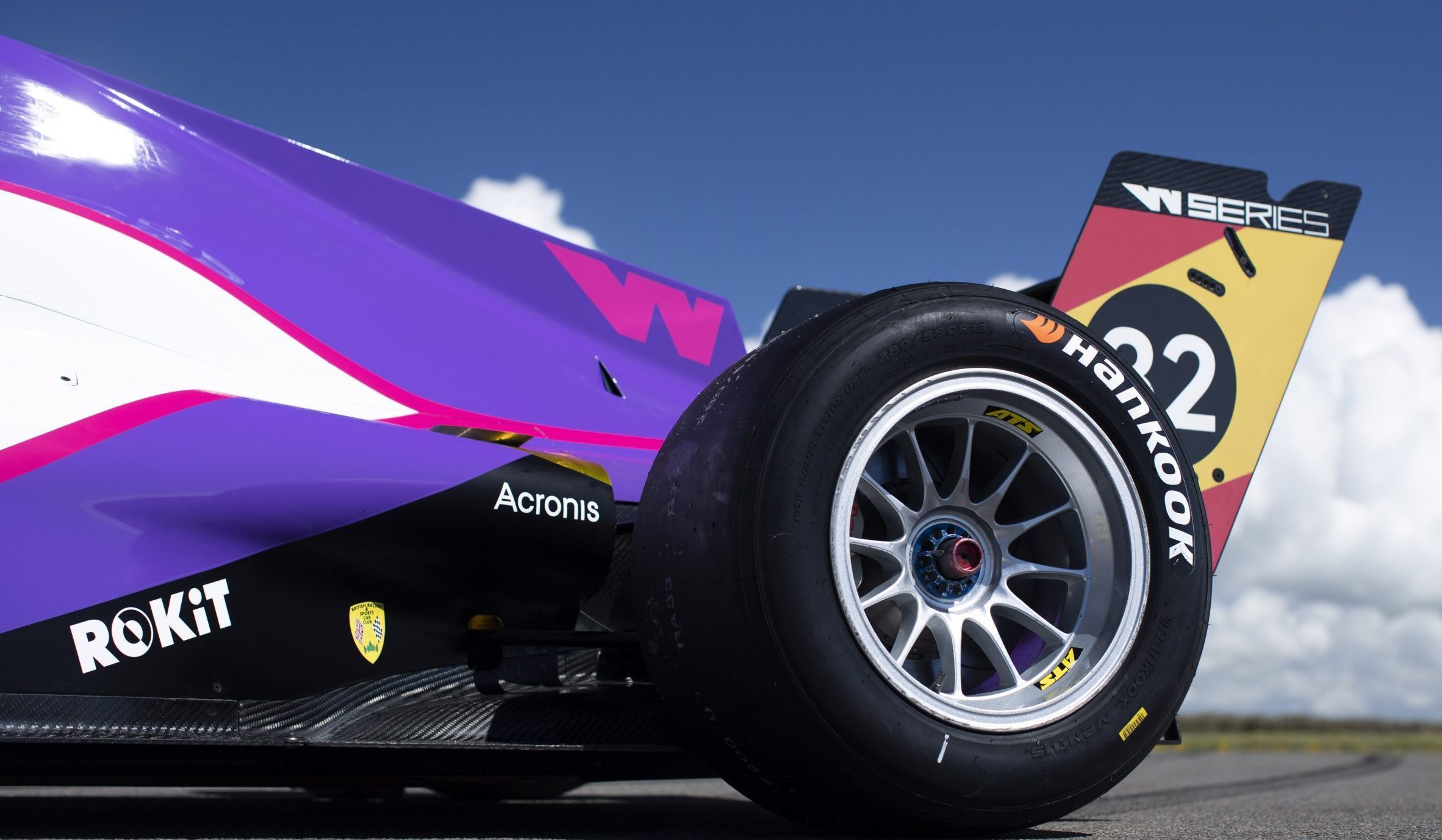
Testing
Anglesey, Wales
17th – 21st May 2021
Photo: Drew Gibson

